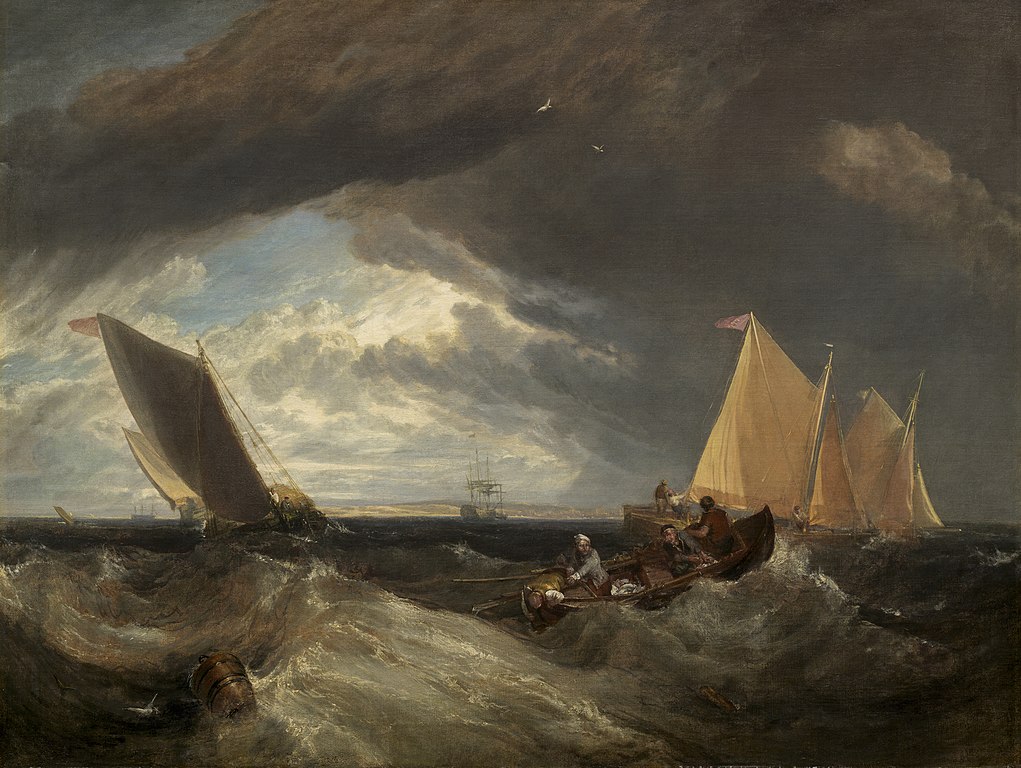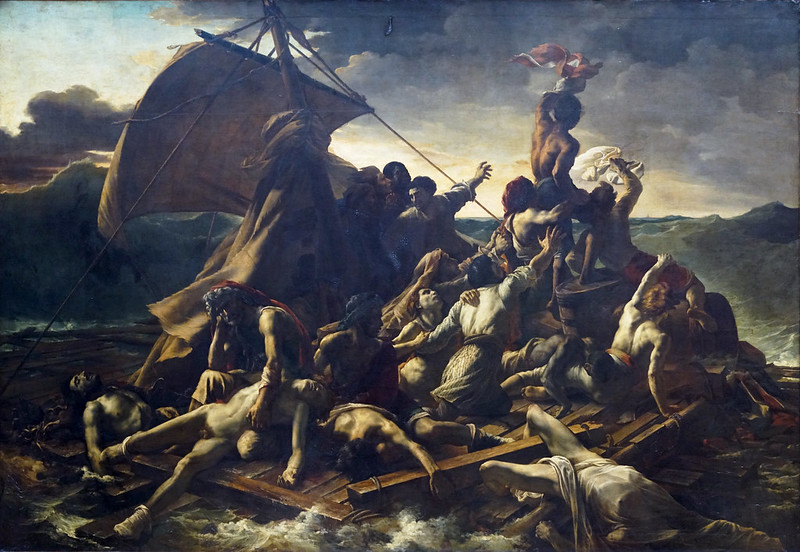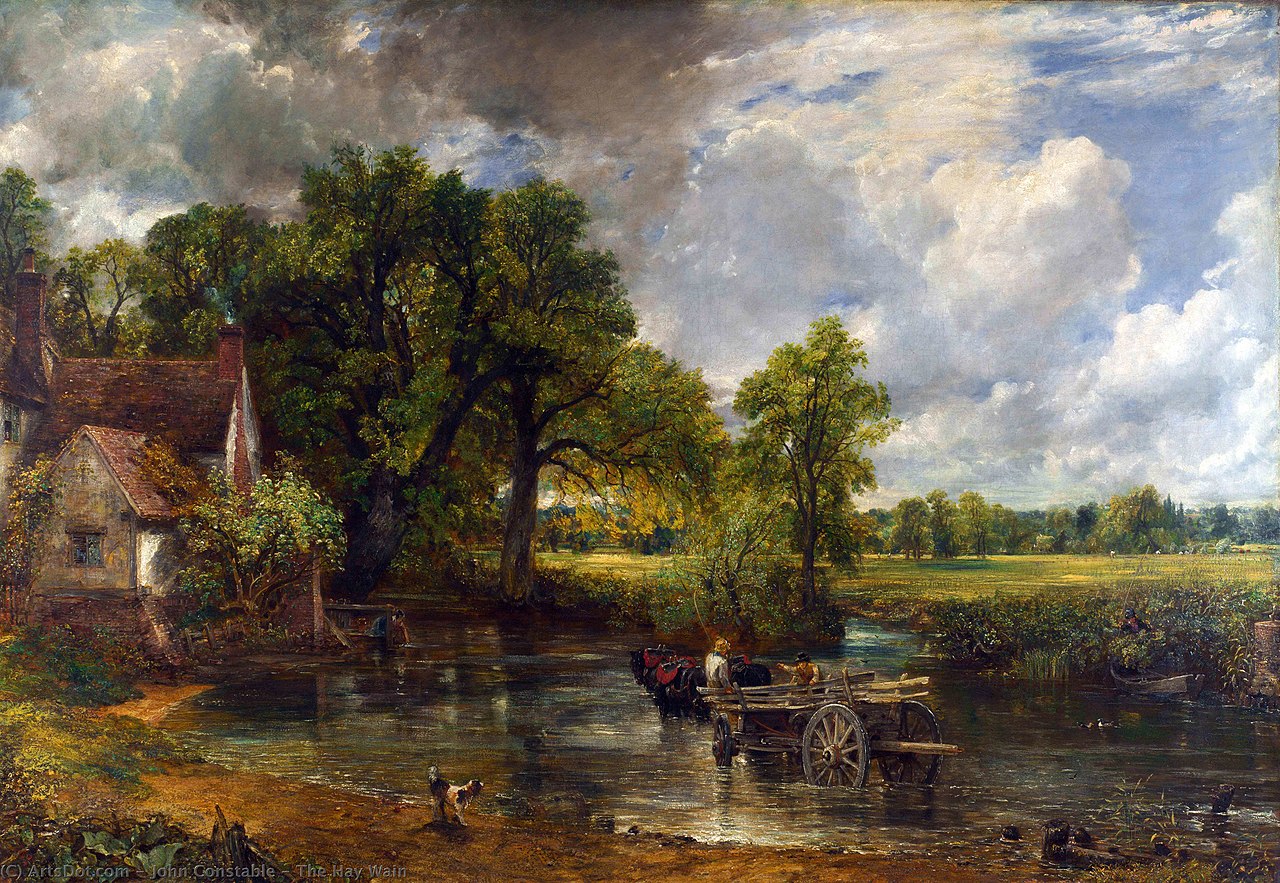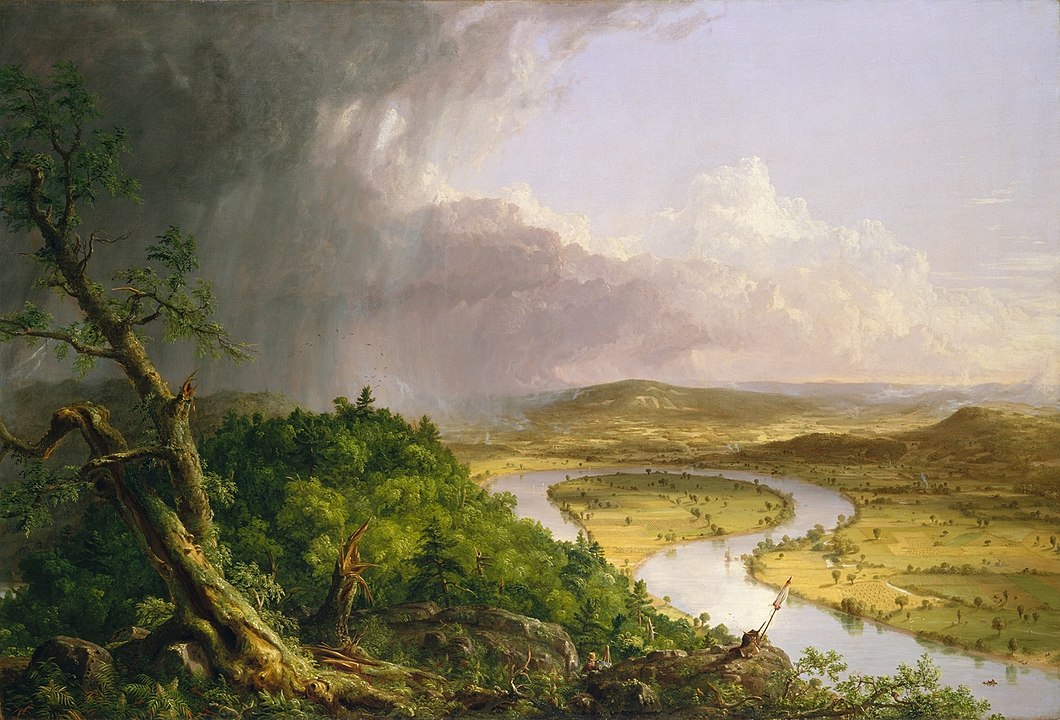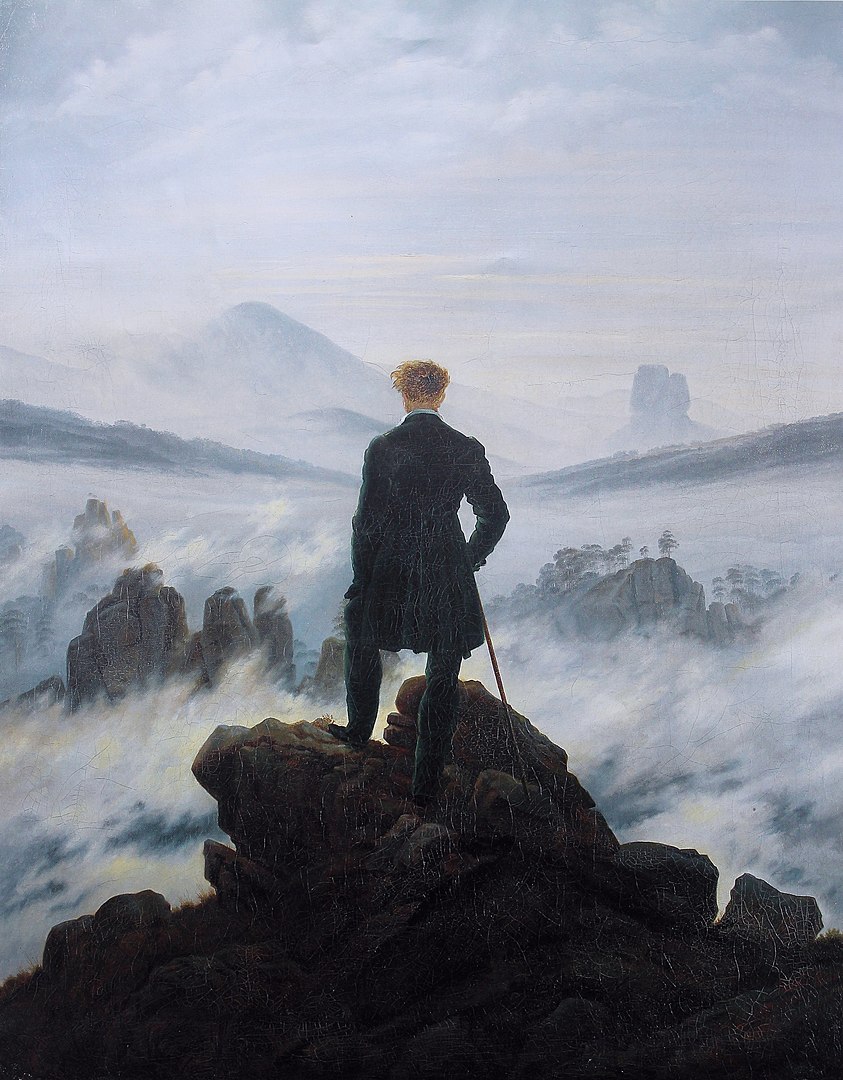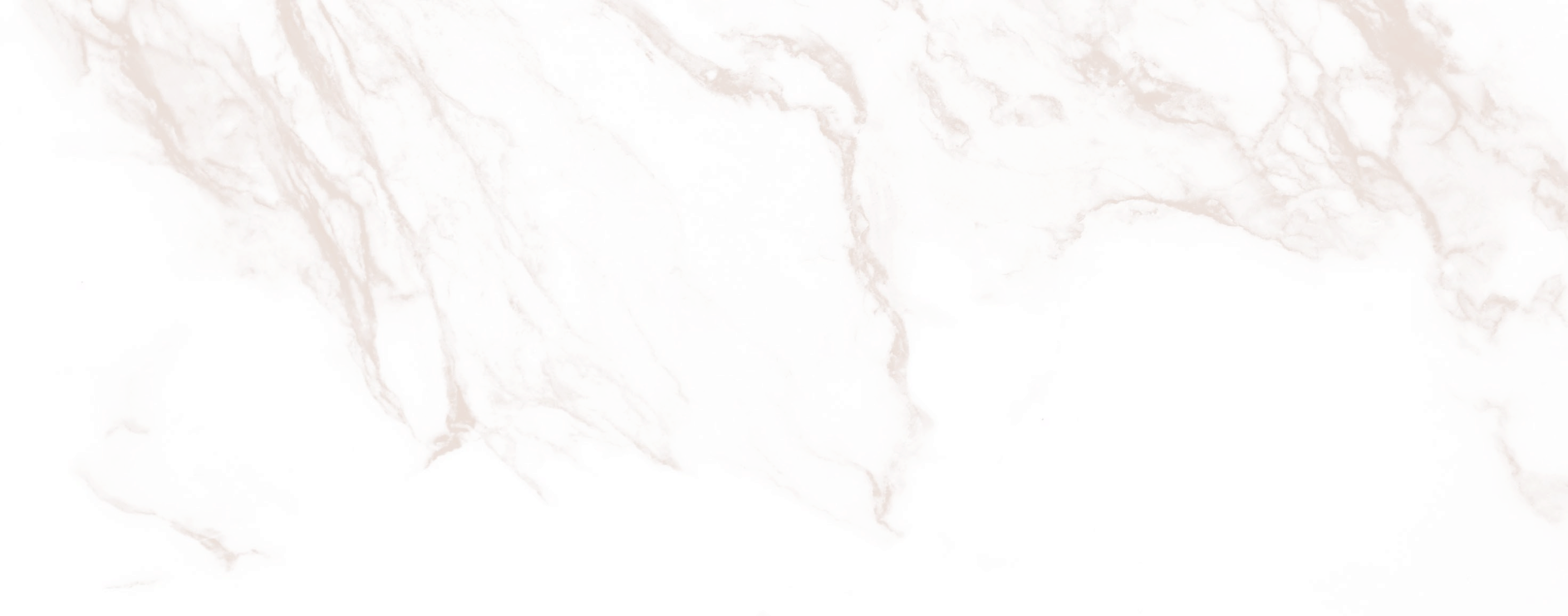
While the French Revolution raged, a group of painters emerged in Europe who wished to celebrate the revolutionary and rebellious spirit of the age – they were known as Romantics. Rejecting the artistic constraints that had come before, these painters instead filled their canvases with the beauty of nature, emotion, imagination, spiritual truth and human personality. Here are the leading artists of the Romanticism artistic movement and their essential paintings.
A master of the landscape and the natural world, English painter John Constable was a major figure in the Romantic era. Constable’s trademark was his depiction of the English countryside in a realistic and truthful style, which led to him being considered a pioneer of Naturalism.
The Frenchman began his career in Italy after leaving Paris during the French Revolution. In 1796 Gros was introduced to Napoleon Bonaparte, a meeting that led to many paintings of the military leader and his victorious battles, which established Gros as one of France’s most celebrated artists.
France’s greatest Romantic painter, Eugène Delacroix is famous for his dazzling use of colour, his free brushwork, and paintings that contained great drama. In 1825 Delacroix came to London where he became inspired by the work of renowned poet Lord Byron.
One of Spain’s most famous artists and a hugely influential figure to this day, Francisco de Goya’s paintings displayed emotion and imagination that were hallmarks of Romanticism. Although the official painter for the Royal Court including King Charles III and King Charles IV, Goya’s paintings were often pieces of social commentary that explored human behaviour and war.
Born in England but brought up in America, Thomas Cole depicted the vast wildernesses of the United States with a European sensibility. Critical of industry and urbanism, Cole was in awe of the American landscape and injected this euphoria into his paintings.
Although he died aged just 32, Théodore Géricault left his mark on Romanticism with paintings that often depicted horses and scenes of military heroism. In 1822, shortly before his death, Géricault embarked on a landmark project in France in which he painted 10 portraits of the insane.
The Wanderer Above the Sea of Fog is one of Romanticism’s most important paintings and was the work of Germany’s greatest Romantic artist Caspar David Friedrich . While exploring man’s relationship with the land, Friedrich imbued his paintings with mystery and the wonder of nature.
Known as a magnificent painter of light and colour, J.M.W. Turner was a British Romantic artist who achieved huge fame and wealth with his landscapes and seascapes. The power and beauty of nature – especially seen in rain, thunderstorms, sunlight and fog – were recurring motifs in Turner’s work.
